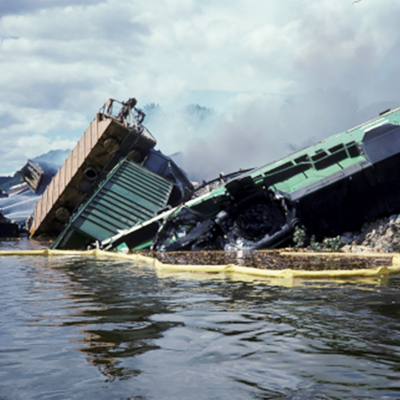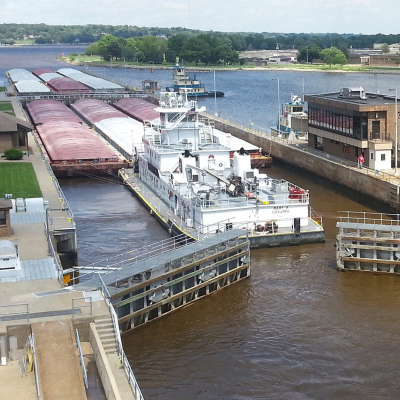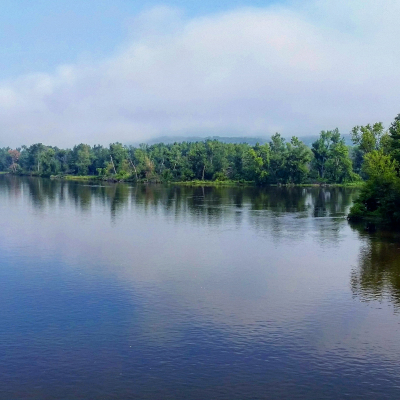UMRBA's member states evaluated what type of functions they would like an interstate water quality organization to serve and then explored options for achieving that goal. UMRBA concluded that there are critical unmet needs that can be best addressed by the states working together. States can maximize their limited resources by pooling them, thereby avoiding unnecessary duplication of effort, adding value through consolidation or collaboration, and leveraging outside funding sources to advance water quality research and management efforts on the UMR. In addition, by working together on the UMR through the UMRBA, the states can increase the transparency and predictability of the regulatory process, enhance public understanding and confidence, and reduce the states’ vulnerability to legal challenges that may arise as a result of regulatory inconsistencies.
This evaluation is documented in the 2006 Organizational Options report, which included the following recommendations:
- Establish an interstate water quality agency for the UMR that coordinates and works on behalf of the states to fulfill their responsibilities under the CWA, with its initial focus on implementing CWA activities on the river's main stem
- The five states and USEPA should share responsibility for funding an interstate water quality agency on the UMR
- An incremental process should be employed to move from the status quo to a future interstate water quality agency on the UMR that has greater authority and capacity to work with and act on behalf of the five states. That interstate water quality agency should be created by building upon the existing UMRBA.




